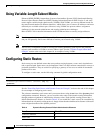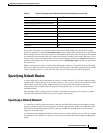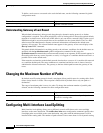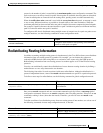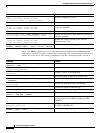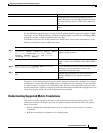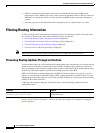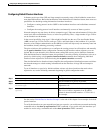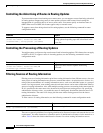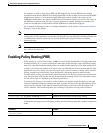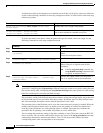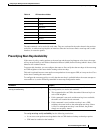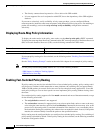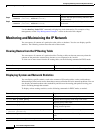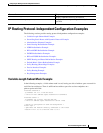
Configuring IP Routing Protocol-Independent Features
Filtering Routing Information
IPC-372
Cisco IOS IP Configuration Guide
Controlling the Advertising of Routes in Routing Updates
To prevent other routers from learning one or more routes, you can suppress routes from being advertised
in routing updates. Suppressing routes in route updates prevents other routers from learning the
interpretation of a particular device of one or more routes. You cannot specify an interface name in
OSPF. When used for OSPF, this feature applies only to external routes.
To suppress routes from being advertised in routing updates, use the following command in router
configuration mode:
Controlling the Processing of Routing Updates
You might want to avoid processing certain routes listed in incoming updates. This feature does not apply
to OSPF or IS-IS. To suppress routes in incoming updates, use the following command in router
configuration mode:
Filtering Sources of Routing Information
Filtering sources of routing information prioritizes routing information from different sources, because
some pieces of routing information may be more accurate than others. An administrative distance is a
rating of the trustworthiness of a routing information source, such as an individual router or a group of
routers. In a large network, some routing protocols and some routers can be more reliable than others as
sources of routing information. Also, when multiple routing processes are running in the same router for
IP, it is possible for the same route to be advertised by more than one routing process. By specifying
administrative distance values, you enable the router to intelligently discriminate between sources of
routing information. The router will always pick the route whose routing protocol has the lowest
administrative distance.
To filter sources of routing information, use the following command in router configuration mode:
There are no general guidelines for assigning administrative distances because each network has its own
requirements. You must determine a reasonable matrix of administrative distances for the network as a
whole. Table 9 shows the default administrative distance for various routing information sources.
Command Purpose
Router(config-router)# distribute-list
{access-list-number | access-list-name} out
[interface-name | routing-process | as-number]
Permits or denies routes from being advertised in
routing updates depending upon the action listed in the
access list.
Command Purpose
Router(config-router)# distribute-list
{access-list-number | access-list-name} in
[interface-type interface-number]
Suppresses routes listed in updates from being
processed.
Command Purpose
Router(config-router)# distance {ip-address {wildcard-
mask}} [ip-standard-list] [ip-extended]
Filters on routing information sources.



